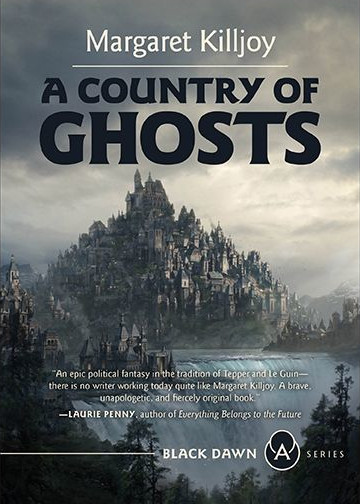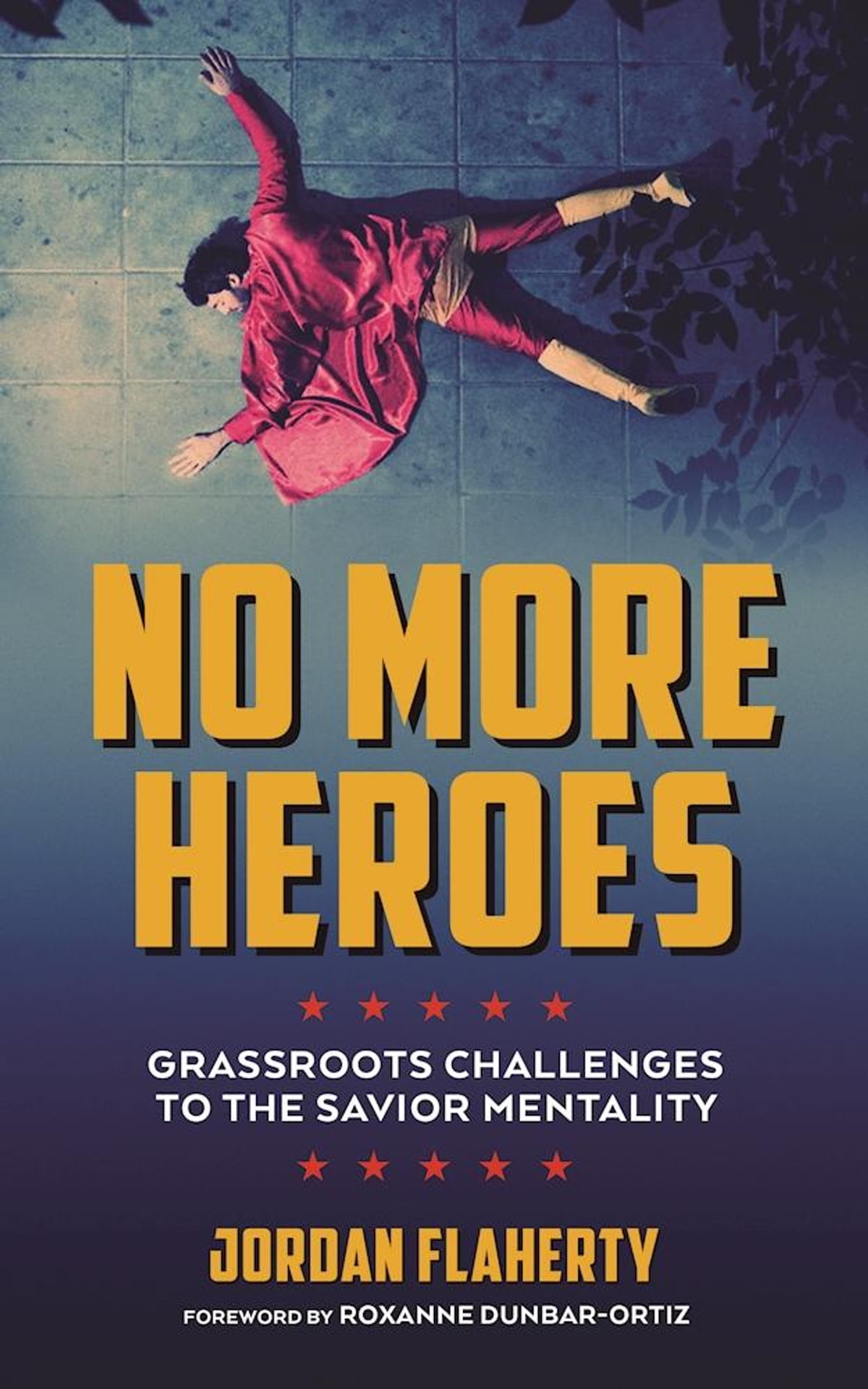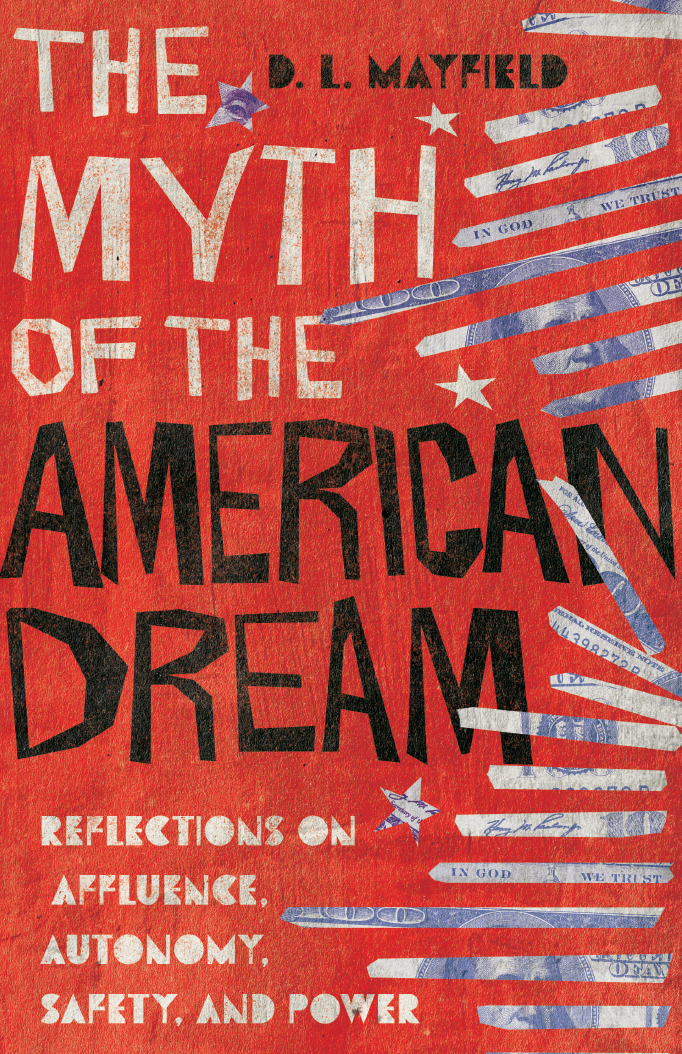Monika rated A Country of Ghosts: 5 stars

A Country of Ghosts by Margaret Killjoy
Dimos Horacki is a Borolian journalist and a cynical patriot, his muckraking days behind him. But when his newspaper ships …
Eclectic reader, classical musician, unschooling parent, anarchist. 🖤🤍💚 They/she.
This link opens in a pop-up window

Dimos Horacki is a Borolian journalist and a cynical patriot, his muckraking days behind him. But when his newspaper ships …

How can we build a better world? And why do so many people with privilege end up making things worse …
I enjoyed Sayaka Murata's previous two books, so I was excited about this short story collection. I love short stories! But LIFE CEREMONY was hit or miss for me. Mostly miss.
The only story I enjoyed from start to finish was "Eating the City," on finding nature (in this case, edible nature) between the gaps of concrete of a large city—but with a twist of horror. And as horrifying as it was, the title story, "Life Ceremony," stayed in my mind long after I finished it, as I mulled over how customs can change so drastically from generation to generation, and where we draw lines between right and wrong.
Overall, though, I'm disappointed. I'm not all that squeamish, but large portions of this book were so gross that I ended up skimming or even skipping pages. (Think bodily fluids and human flesh-type gross.) All of the stories are super weird—which …
I enjoyed Sayaka Murata's previous two books, so I was excited about this short story collection. I love short stories! But LIFE CEREMONY was hit or miss for me. Mostly miss.
The only story I enjoyed from start to finish was "Eating the City," on finding nature (in this case, edible nature) between the gaps of concrete of a large city—but with a twist of horror. And as horrifying as it was, the title story, "Life Ceremony," stayed in my mind long after I finished it, as I mulled over how customs can change so drastically from generation to generation, and where we draw lines between right and wrong.
Overall, though, I'm disappointed. I'm not all that squeamish, but large portions of this book were so gross that I ended up skimming or even skipping pages. (Think bodily fluids and human flesh-type gross.) All of the stories are super weird—which I usually find delightful!—but it fell flat here. I was bored so much of the time. I kept reading only because of how much I'd enjoyed her other books. I'm not sure it was worth it.
If you end up giving this book a try, all I can recommend is, don't read it while eating. 😱
Author is cisgender, an Episcopal priest, and the parent of a trans adult. This is very, very 101-level information. But it's solid, well-cited, and full of love.
Put this book in the hands of cis Christians who are just starting to take trans people into consideration and want to be better allies.
Recommend this to Christian parents whose child just came out as trans, and they've never thought about how their faith can fully include their child.
And if you're a Christian who is grappling with your own gender identity, but aren't sure how you can reconcile that with your faith, this would be a good read for you, too.
(I know the asterisk after "trans" is cringe, but this is a slightly older book, and it's used appropriately.)

Affluence, autonomy, safety, and power. These are the central values of the American dream. But are they actually compatible with …

Imagine an America very similar to our own. It's got homework, best friends, and pistachio ice cream.
There are some …
What would a worldwide, lasting revolution look like? What would be the obstacles and what tactics would be needed to overcome them? How are we going to survive climate change? These are the themes Kim Stanley Robinson tackles in his 570-page cli-fi novel THE MINISTRY FOR THE FUTURE.
The narrative is disjointed, with epistolary chapters placed throughout. If you roll with it, it works well. You get a well-researched, fairly well-rounded picture across class, power, and geography. The format makes for a clever way to introduce details that otherwise might not fit into a traditional narrative. I also appreciate the global perspective of this book. The U.S. is not at the center at all, and is critiqued heavily and fairly.
THE MINISTRY FOR THE FUTURE envisions a world that includes the Half-Earth concept as one of its solutions to combat climate change. Half of the planet would be reserved exclusively …
What would a worldwide, lasting revolution look like? What would be the obstacles and what tactics would be needed to overcome them? How are we going to survive climate change? These are the themes Kim Stanley Robinson tackles in his 570-page cli-fi novel THE MINISTRY FOR THE FUTURE.
The narrative is disjointed, with epistolary chapters placed throughout. If you roll with it, it works well. You get a well-researched, fairly well-rounded picture across class, power, and geography. The format makes for a clever way to introduce details that otherwise might not fit into a traditional narrative. I also appreciate the global perspective of this book. The U.S. is not at the center at all, and is critiqued heavily and fairly.
THE MINISTRY FOR THE FUTURE envisions a world that includes the Half-Earth concept as one of its solutions to combat climate change. Half of the planet would be reserved exclusively for nature; the other half for humans, centered in sustainable cities. It sounds plausible in the novel, but I had this nagging, bad feeling about it. I kept thinking, you're never going to get 100% compliance on that, no matter how many incentives you offer. And we have a terrible history of forcing Indigenous peoples off their land. Nowhere in the book is that addressed and, so far, what I'm reading about Half-Earth doesn't assuage my concerns.
So, I'm feeling meh about this novel. When I was able to believe it, its hopefulness felt inspiring and relieved some of my fears. When cynicism (reality?) got the best of me, I had to set it aside for a bit, which is why it took me so long to finish it. Plus, I have major problems with a top-down approach that is just repackaged state power claiming to be a solution. (Obama loving this book should have been a red flag for me.) But this is science fiction. It doesn't have to actually solve anything. There were plenty of moments where the book imagines creative ways to forge ahead, and for that, I'm glad I read it, even if I'm probably not going to pick up another Kim Stanley Robinson book in the future.
What would a worldwide, lasting revolution look like? What would be the obstacles and what tactics would be needed to overcome them? How are we going to survive climate change? These are the themes Kim Stanley Robinson tackles in his 570-page cli-fi novel THE MINISTRY FOR THE FUTURE.
The narrative is disjointed, with epistolary chapters placed throughout. If you roll with it, it works well. You get a well-researched, fairly well-rounded picture across class, power, and geography. The format makes for a clever way to introduce details that otherwise might not fit into a traditional narrative. I also appreciate the global perspective of this book. The U.S. is not at the center at all, and is critiqued heavily and fairly.
THE MINISTRY FOR THE FUTURE envisions a world that includes the Half-Earth concept as one of its solutions to combat climate change. Half of the planet would be reserved exclusively …
What would a worldwide, lasting revolution look like? What would be the obstacles and what tactics would be needed to overcome them? How are we going to survive climate change? These are the themes Kim Stanley Robinson tackles in his 570-page cli-fi novel THE MINISTRY FOR THE FUTURE.
The narrative is disjointed, with epistolary chapters placed throughout. If you roll with it, it works well. You get a well-researched, fairly well-rounded picture across class, power, and geography. The format makes for a clever way to introduce details that otherwise might not fit into a traditional narrative. I also appreciate the global perspective of this book. The U.S. is not at the center at all, and is critiqued heavily and fairly.
THE MINISTRY FOR THE FUTURE envisions a world that includes the Half-Earth concept as one of its solutions to combat climate change. Half of the planet would be reserved exclusively for nature; the other half for humans, centered in sustainable cities. It sounds plausible in the novel, but I had this nagging, bad feeling about it. I kept thinking, you're never going to get 100% compliance on that, no matter how many incentives you offer. And we have a terrible history of forcing Indigenous peoples off their land. Nowhere in the book is that addressed and, so far, what I'm reading about Half-Earth doesn't assuage my concerns.
So, I'm feeling meh about this novel. When I was able to believe it, its hopefulness felt inspiring and relieved some of my fears. When cynicism (reality?) got the best of me, I had to set it aside for a bit, which is why it took me so long to finish it. Plus, I have major problems with a top-down approach that is just repackaged state power claiming to be a solution. (Obama loving this book should have been a red flag for me.) But this is science fiction. It doesn't have to actually solve anything. There were plenty of moments where the book imagines creative ways to forge ahead, and for that, I'm glad I read it, even if I'm probably not going to pick up another Kim Stanley Robinson book in the future.